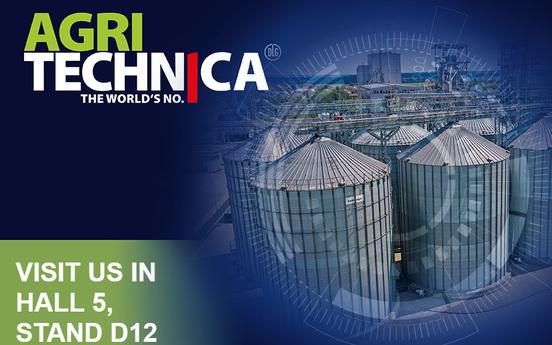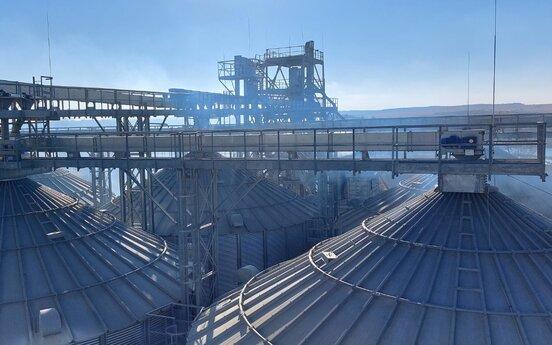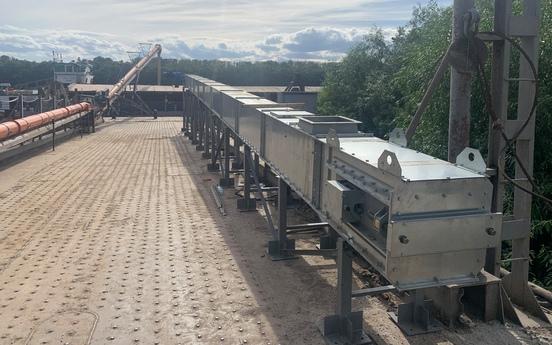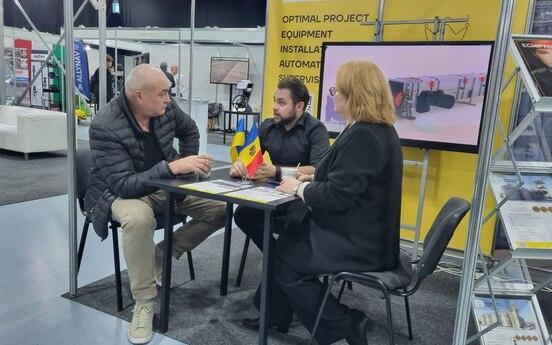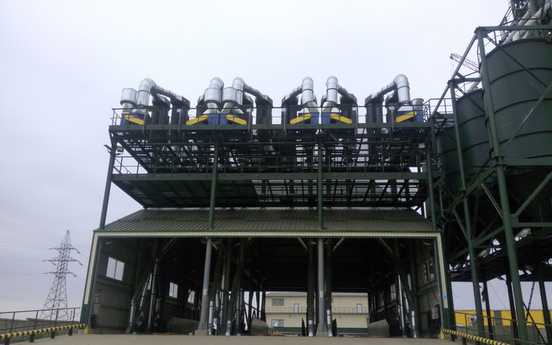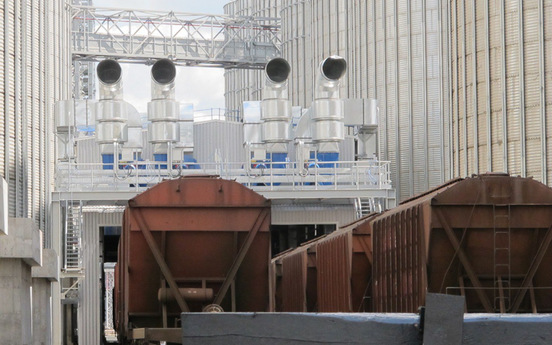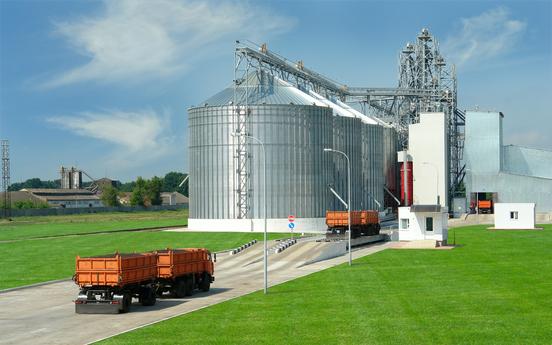Bucket elevators: types, characteristics and performance

Bucket elevators are an important element of the elevators' transportation infrastructure. They are responsible for the rapid movement of grain in the vertical direction. The вucket elevator is used to transport grain. The choice depends on performance, lifting height, bucket type and belt.
What is a bucket elevator?
A bucket elevator is an extremely efficient means of vertical transportation of grain and its by-products. The bucket elevator's performance is enhanced by experience and modern design methods.
Modern belts made of synthetic fibers have high tensile strength, which allows for conveying heights of up to 60 m and throughput of up to 1500 tons per hour. Bucket belt elevators for grain are permanently used in the food industry.
Main purpose
A bucket elevator is equipment for transporting grain between the levels of elevators, silos or granaries.
The scope of application
Bucket elevators from Grain Capital are characterized by high reliability. CNC equipment ensures high precision and quality of parts processing. Drum shafts are made of alloy steel with subsequent heat treatment.
Modern gearboxes, bearing units of European brands and reliable belt connections ensure the smooth operation of the ZEO-BE bucket elevator. Control assembly at the enterprise means easy installation of the elevator.
How it works
The grain elevator captures the grain at the bottom, transports it up the shaft, and unloads it through the outlet.
Types of bucket elevators
Grain Capital produces three types of bucket elevators:
- F-series — for farm elevators up to 5000 tons and 20-100 t/h capacity, working up to 8 hours/day during harvest.
- L-series — for medium-sized elevators up to 25,000 tons and 100-250 tons per hour, suitable for year-round operation.
- P-series — for ports and large elevators, 200-1000 t/h, designed for 24/7 continuous operation.
Bucket elevators can be manufactured in various configurations: for installation in a bucket elevator tower in a self-supporting version with observation platforms and ladders.
More information about the design and technical advantages can be found in the catalog of transport equipment.
If necessary, the elevator body can be made of stainless steel for special conditions (MEP). We offer a complete set of magnetic separators.
Main characteristics of bucket elevators
- Today, energy efficiency, manufacturability and the right choice of service factor are a priority when choosing a bucket elevator.
- Equipment for elevators from Grain Capital is equipped with high-performance gearboxes with optimized gear ratios and IE3 class electric motors.
- The polymer lining reduces friction, wear and slippage of the belt, improving adhesion to the drum.
What affects the performance of the bucket elevator?
Several factors determine the performance of an elevator:
- Belt speed affects the volume of transportation.
- The pitch of the buckets determines the number of buckets in operation.
- The bucket volume is taken into account by the Y-Y or X-X level.
- A safety factor of 8–15% compensates for losses due to changes in modes and material properties.
- In the idle branch, the buckets can be partially filled, which reduces the volume by 10–30%.
- For accuracy of calculations, we use the bucket volume according to the water level (Y-Y), without adding 10%.
What is the service factor of a drive and why do we take this indicator into account when selecting equipment?
The service factor of an elevator (bucket elevator) drive is an important factor that determines how well the drive is able to operate in real-world conditions.
Several aspects affect the service factor of elevators. The type of load (constant or variable) affects the elevator drive. Humidity, temperature, and dust are taken into account when calculating the service factor. Overloading or uneven material feeding increases the service factor.
Formula for calculating the service factor:
fs = Mmax / Mnom
where: Mmax is the maximum torque that the gear unit can withstand under the most severe conditions;
Mnom – rated drive torque under standard operating conditions.
The higher the service factor, the longer the equipment will operate.
FAQ
How to maintain a grain elevator?
Regularly check the tension of the belt or chain, check the condition of the buckets, clean them from dust, and lubricate moving parts.
What is the service life of grain elevators?
On average, 10-15 years. Regular maintenance extends the service life.
Are elevators suitable for all types of grain?
Bucket elevator is an equipment suitable for most crops, but wet, sticky or very small ones usually require a specific approach.



